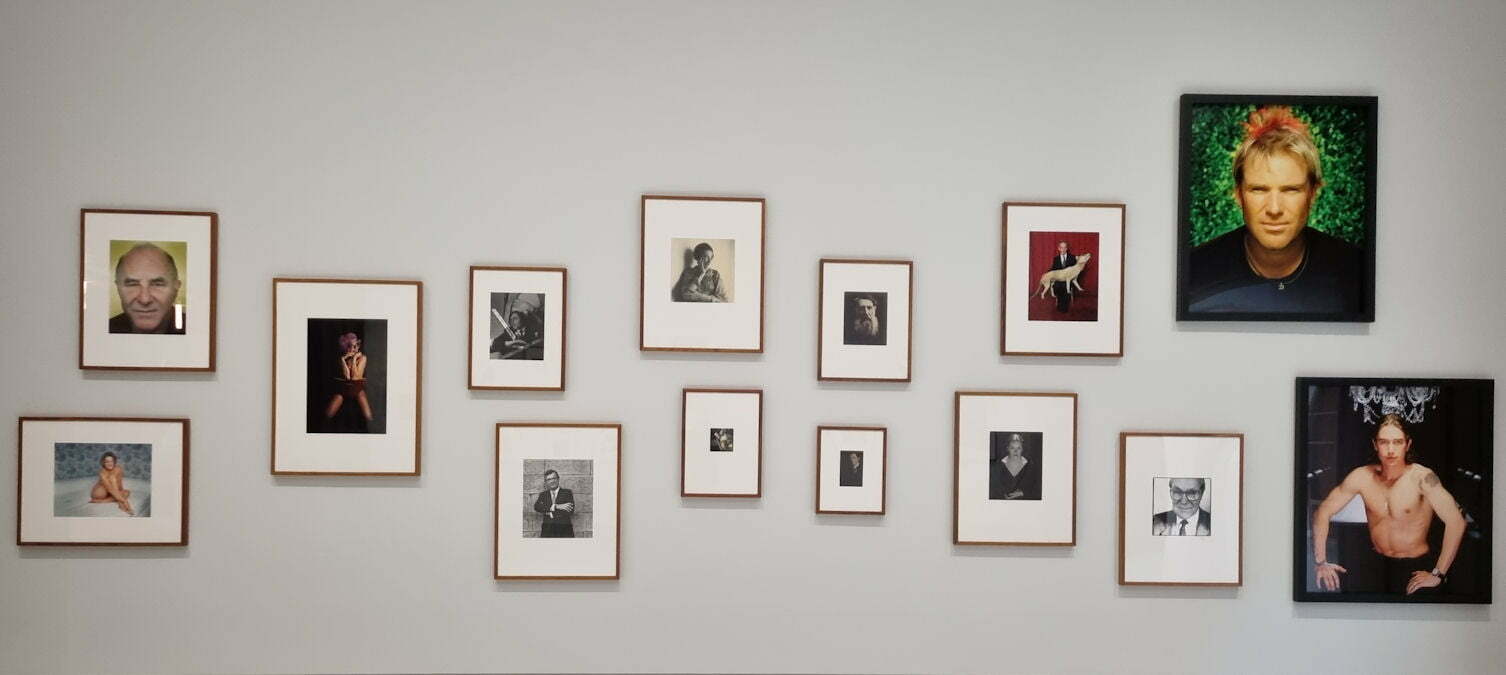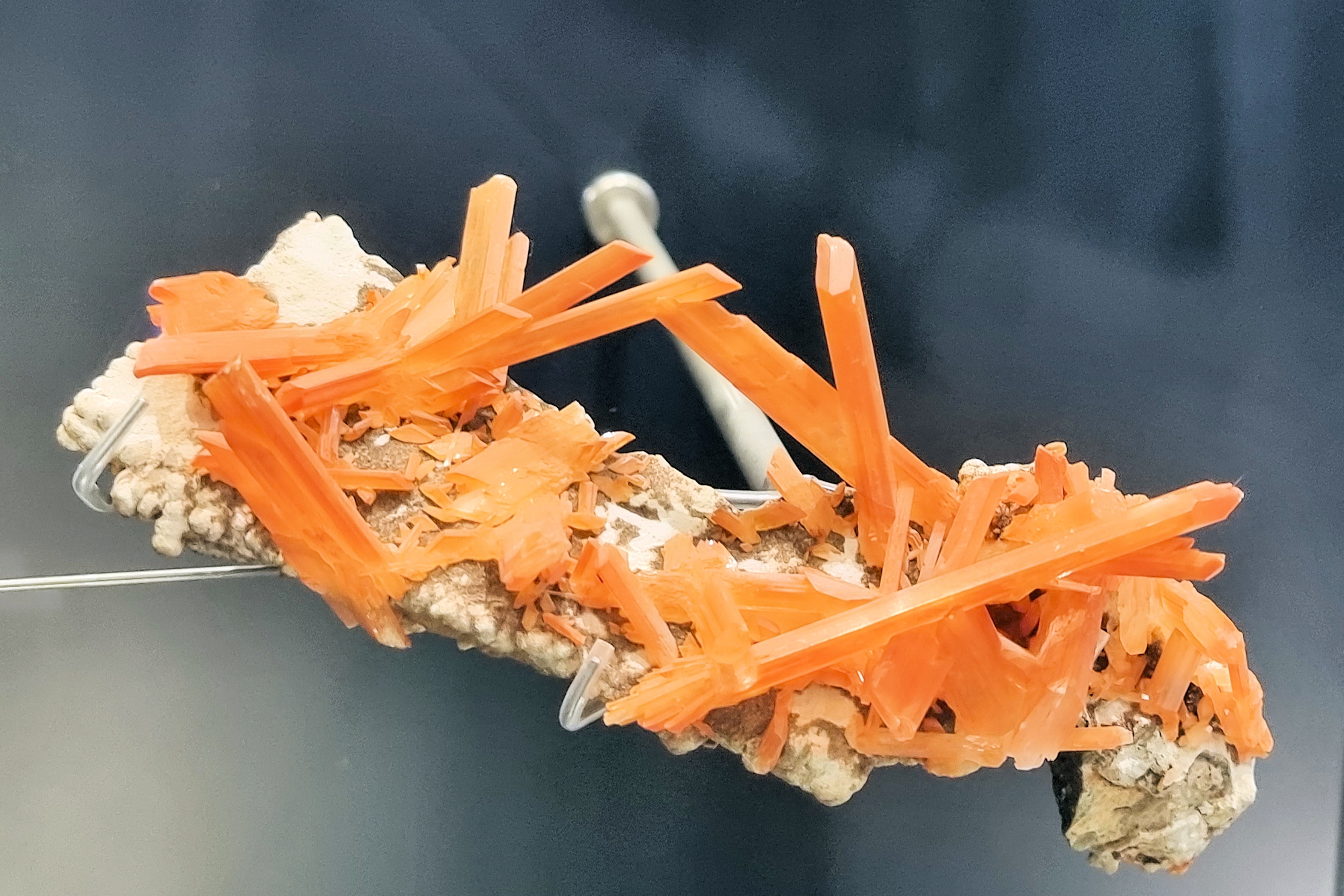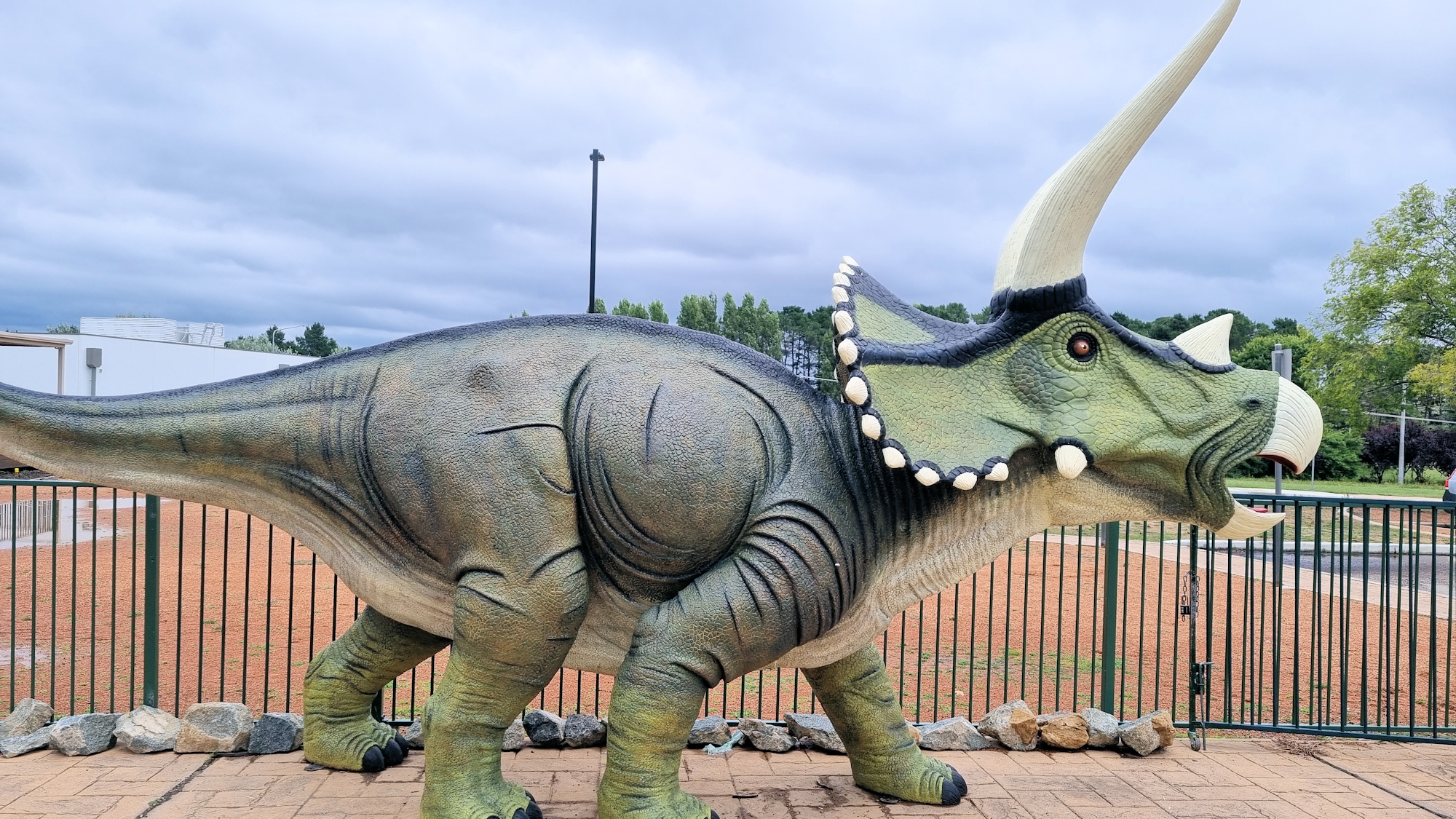Tag: museum
-
National Portrait Gallery Canberra

National Portrait Gallery Canberra Opened in 2008, the National Portrait Gallery houses portraits of prominent Australians who are important in their field of endeavour or whose life sets them apart as an individual of long-term public interest. Located next o the High Court of Australia and across the road from the National Gallery of Australia,… Read more
-
Australian Fossil and Mineral Museum

Australian Fossil and Mineral Museum Bathurst Driving through Bathurst on our way to the Newnes Industrial ruins we discovered the Australian Fossil and Mineral Museum. Surprised to find such an important collection located in regional New South Wales. The Somerville Collection Containing over 5,000 objects, the collection was the life’s work of Warren Somerville AM.… Read more
-
National Dinosaur Museum

National Dinosaur Museum One of the Australian Capital Territories’ main tourist attractions, the National Dinosaur Museum explains evolution through the use of fossils and interactive displays. Animatronics and recreated landscapes bring the displays to life, adding a lot of fun to the museum. Outside the museum, a dinosaur-themed playground keeps the kids entertained, a life… Read more